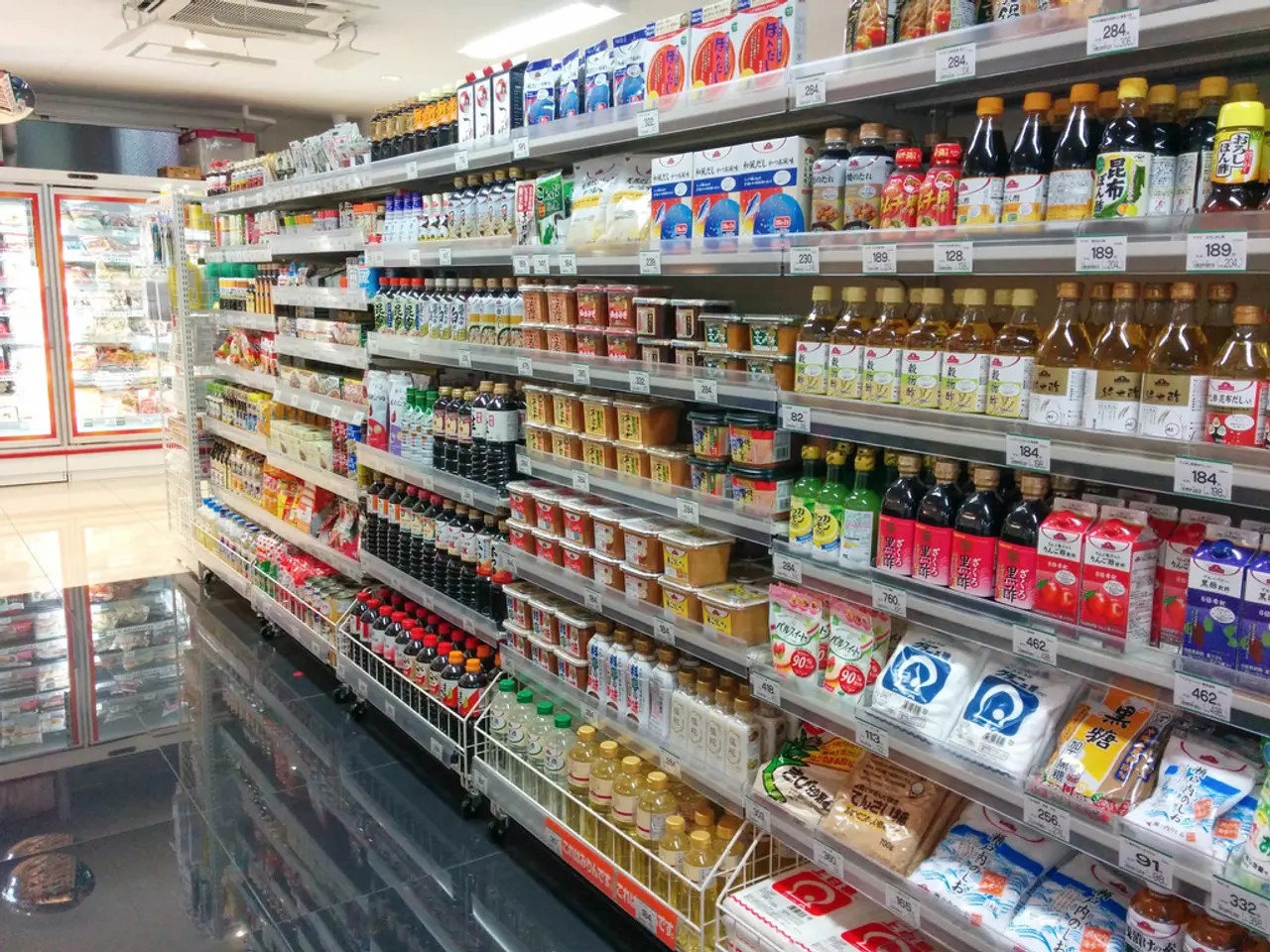Keep an eye on these 10 retail trends expected to shape the industry landscape in 2022:
In 2021, the retail industry faced a series of challenges and opportunities, with significant investments in supply chains, a surge in online sales, and a wave of IPOs.
The consumer price index, as measured in November 2021, showed an annual rate of inflation at 6.8%, while online apparel prices were up 17.3% year over year and down just 0.4% month over month in December. This marked the 18th consecutive month of year over year inflation in online prices.
Retailers like Dollar General were experimenting with higher-end discount stores, aiming to create a treasure hunt appeal and higher price points. This shift in strategy was a response to the industry's ongoing battle with supply chain bottlenecks and staffing shortages, which were further exacerbated by the pandemic.
In an effort to address these issues, retailers significantly increased investments in their supply chains in 2022. They focused on scalable SaaS solutions to enhance process automation, reduce operational costs, improve inventory accuracy above 99%, and enable faster scalability without heavy IT infrastructure investments. This was a crucial step towards ensuring competitiveness and sustainability in their logistics operations.
The retail industry also saw a wave of IPOs in 2021, with the majority of the 18 retail public listings being from e-commerce companies. Notable among these was Casper, an e-commerce darling that went public in early 2020, but announced in 2021 that it would be taken private again, inking a deal to be acquired by private equity firm Durational Capital Management.
Retailers struggled to staff their stores, warehouses, and logistics functions in 2021, adding to the industry's supply chain woes. Some retailers responded with higher wages and other perks to draw in candidates, but holiday staffing was still down 7.5% from 2020.
Moody's expects growth to temper somewhat in retail and apparel next year, but the resurgence of the pandemic has reintroduced a new level of uncertainty that could affect how people dress and spend. Despite this, more than 60% of U.S. consumers said their wardrobes needed to be refreshed, and apparel retailers rang up $13.3 million more revenue than they did in 2019, or 10% more.
As for the future, retailers may invest heavily in their supply chains to address the stress that arose in 2021. Walmart, for example, offers its delivery platform to other companies via Walmart GoLocal. Amazon sells its cashierless technology to other retailers, enabling consumers to pay for goods in physical stores without waiting in line to check out.
ThredUp's back-end, "resale as a service" platform has also helped partners like Madewell, Walmart, Everlane, eBay, Farfetch, and Gap navigate resale. Bed Bath & Beyond plans to launch at least 10 private labels as part of its broader three-year turnaround plan.
The impact of Apple's iOS 14.5 update, which requires apps to ask for user's permission to track them or access the device's advertising identifier, has caused problems for marketers and retailers, especially for direct-to-consumer brands. As a result, companies are having to turn to alternative marketing channels like email, SMS, and even print advertising.
Target grew its roster of private brands to 48 last year, with 10 worth at least a billion dollars. Inflation rate, inflation, retail industry, supply chain, staffing, IPOs, Walmart, Amazon, ThredUp, Bed Bath & Beyond, Apple's iOS 14.5 update, marketing channels, Target's private brands.
Read also:
- Catastrophe at a U.S. Steel facility in Pennsylvania results in the loss of two lives. crucial details unveiled
- Auto Industry Updates: Geotab, C2A, Deloitte, NOVOSENSE, Soracom, and Panasonic in Focus
- Battle for Corporate Liability in Addressing Climate Damages
- North Carolina's food bank receives a solar energy upgrade as Republican legislators contemplate budget reductions




